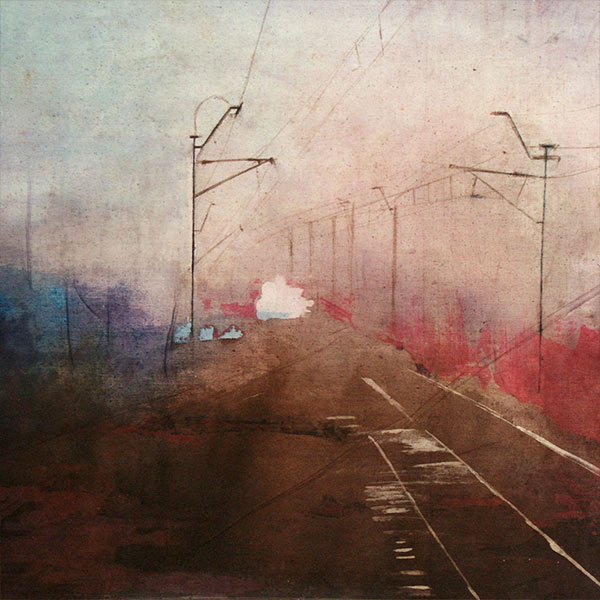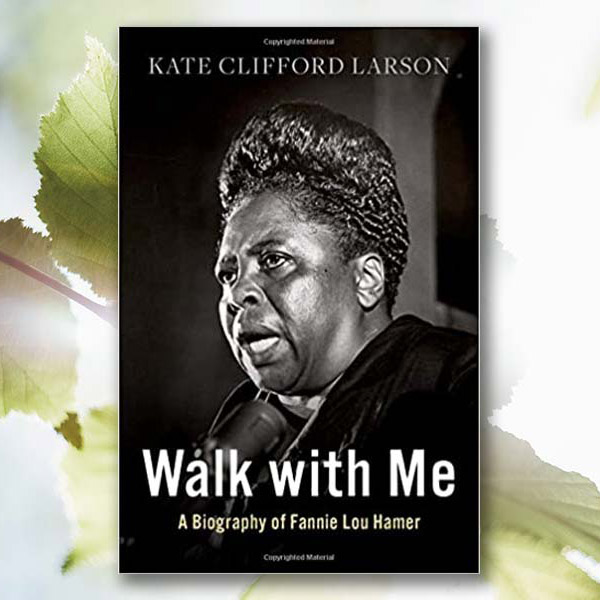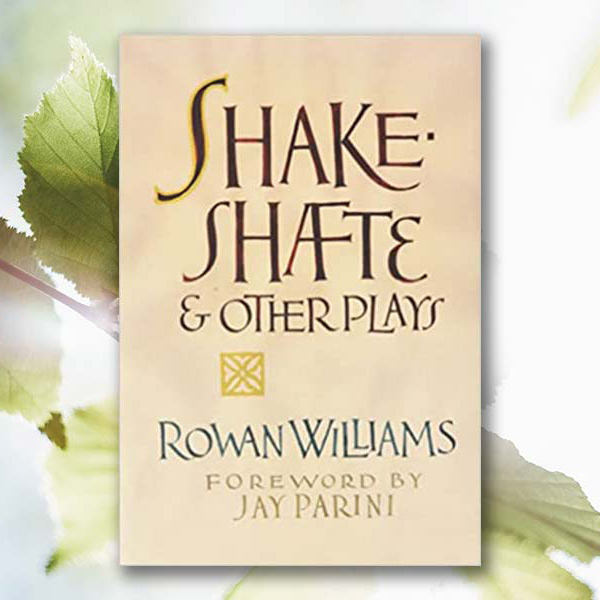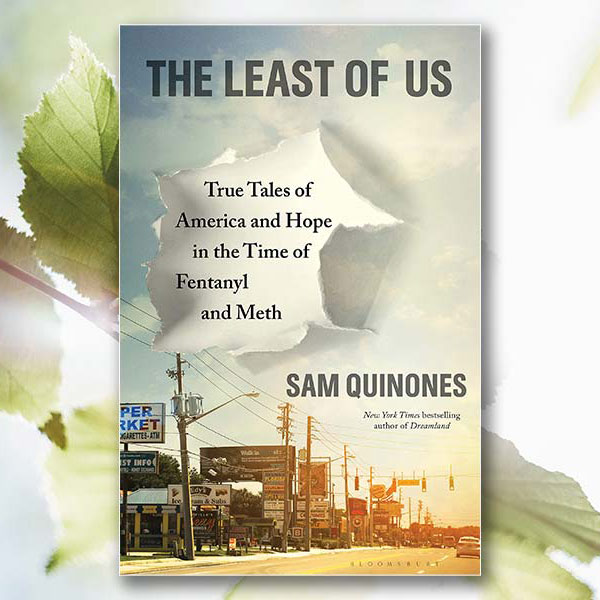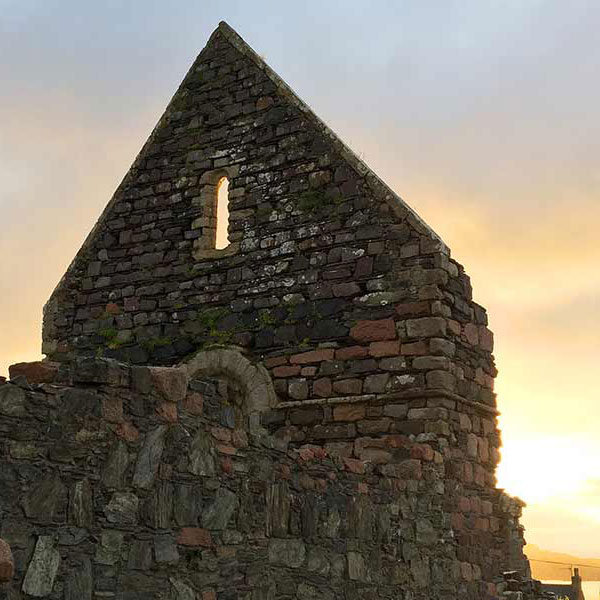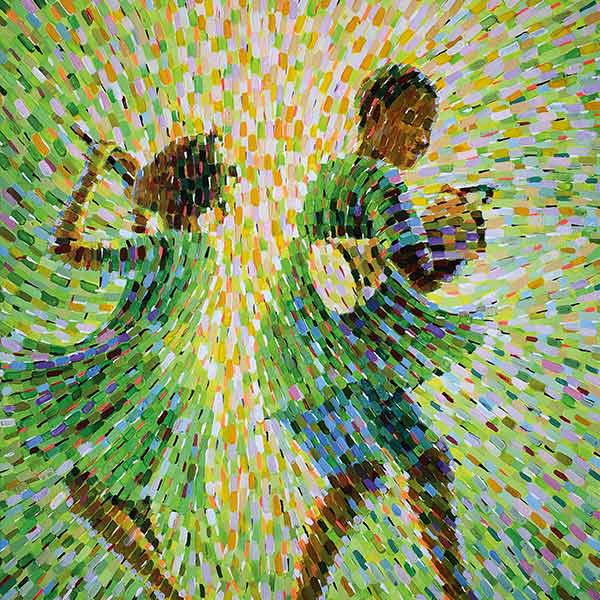Encountering bones above ground was startling. No, it was not the bones themselves, but their vast number that startled me. From the windows I could see them all stacked tidily by type. Tibiae and fibulae. Humeri and femora. The skulls were grouped too, as if to aid comfortable conversation. The building interior was silent and holy. Its exterior, near a church, was busy, full of the sound of my teenage companions as they passed along. But I stood at the window and stared. Europe had many mysteries for me as a touring American high-school student, but this ossuary building, for the time being, crowned them all.
Even today, when the name of that place – was it Marburg? – has slipped quietly out of my memory, I can still see vividly these startling stacks. I wondered then, as I sometimes still do, if God would again call on Ezekiel to prophesy those dry bones into life: tibiae with fibulae; humeri with scapulae; skulls, ultimately, with all the remaining two hundred or so human bones.
As I discovered on that tour, Europe showcases not only ancient churches, but other sites equally holy – town squares where my ancestor “heretics” were bound to stakes and burned as martyrs, cities once home to cousins obliterated by the Third Reich (burned or buried, we do not know). These places reveal no markers, no reminders, only memories. Their humanity lingers, the very air sanctified.
Even before visiting Europe, I had learned about the finiteness of life. At age fifteen death became personal – the departure of my much loved, candy-creating grandfather. Together we crafted marshmallows until he grew too sick to stir the thick syrup. Then he lay in bed, the sound of his labored breathing filling the whole house. His death brought reality – a wooden coffin with handles for humans to hold; shovels, their handles worn smooth; and earth, handled with care by those who dug the deep grave. It brought tears to the eye too.

The burial ground of the Rhön Bruderhof, Sparhof, Germany Photograph from the Bruderhof Archives
My church was a singing congregation, and at the funeral one hymn emerged. It had a pretty title, “Beauty Around Us,” but it caused an indefinable feeling of emptiness that did not lift my spirits at all: “Ages are coming, roll on and vanish, children shall follow where fathers passed.” The words evoked a slowly turning earth, high-humped grave barrows following one after the other like mountain ranges. The thought of so much humanity lying in the earth frightened me into wondering about purpose and peculiarity. Whether individuals mattered.
High-school literature also brought a good dose of death, as if to make up for childhood years of innocence. In a large graveyard Hamlet walks with Horatio, looking on as gravediggers unearth bones; Hamlet is stunned when a gravedigger hands him a skull, all that remains of a childhood hero, Yorick.
Wordsworth’s Lucy, the subject of five short poems, is also dead. There are no loud exclamations of distress or fear – Lucy is beyond earthly existence, safe now, buried:
No motion has she now, no force;
She neither hears nor sees;
Roll’d round in earth’s diurnal course,
With rocks, and stones, and trees.
Lucy’s inertia suggests a sort of Romantic peace; Yorick’s grin, Gothic disquiet. But I am reconciled to both now.
Death, hidden from the child, is often discovered by the teenager and necessarily contemplated by the adult. There was the short, painful moment when the body of my grandfather, sans soul, was in plain sight; and the long, timeless existence suggested by the bones in the ossuary, a matter of memory and reminder. The second, timeless part always overtakes the first grief-filled one. In the shorter run, it is important to remember the living who surround the dead; for the long one, to remember the dead that surround the living.
We come into the world in the flesh; when we depart it our remains abide, and must be dealt with by the living. In most rich societies today, this is largely handled by professionals from the “death care industry.” Many families might like to be more involved in caring for their loved ones’ remains but cannot because of job pressures, geographic distance, and the lack of a support network. But in many religious traditions, the communal practice of “death care” lives on. The fact that members of my church, the Bruderhof, live together in a committed community enables each of us to take a personal role in death care throughout our lives.
My church calls this “the last service of love.” The phrase, mysterious and foreboding in my youth, is not a euphemism, but a simple statement of truth. The “last service of love” the church performs for the deceased and the bereaved is solemn work but reverentially good. There is beauty in the wake, in the simplicity of the wooden coffin, the hand-dug grave, and the placement of the marker that clearly states the name and span of an earthly life. Those who care for the dead care for the living.
This begins with the vigil that starts as soon as someone has died; from that time on, there will always be community members watching with the body. This support is the first step to healing for those who mourn – helping to prepare the body, collaborating on the life story to be read at the service, surrounding the family with support. “Watching” at the wake is more than a physical gesture of solidarity. When the hours of waiting are long, we stand in for family, shouldering their pain and glimpsing their hope.
My father, a carpenter, has designed and crafted dozens of coffins over the last sixty years. Now nearing ninety, he has left notes and drawings for the next generation. The rules: it is a privilege to make a casket; the wooden box design must be simple so the family if desired may assist in construction; it is essential to stock casket-making supplies. No ad-hoc cobbling is allowed here, only a steady-handed touch. These coffins are beautiful and solid, as will be my father’s when his day comes.
We come to cemeteries or visit places of death because they remind us of God; they help us make sense of our lives and our moments in time.
Burials at the Bruderhof are a congregational responsibility. Graves are dug by hand; after the casket is lowered, attendees participate in filling in the earth, laying flowers, and standing by the family.
From the seventh century, churches have supplied consecrated ground for burials. Likewise, the Bruderhof has its own burial grounds. Each grave is made into a casket-sized garden with flowers in summer, greenery in winter. Gardeners keep the burial grounds watered and trimmed. They are places of beauty, places to visit.
One such hallowed ground is in the English Cotswolds, the unsold remnant of a Bruderhof community established here between 1936 and 1941 by my grandparents’ congregation as refugees from Nazi Germany. The burial ground is away from the road, requiring an uphill walk through a field. Visitors trample spoke-lines to the crest of the hill. The elevated ground, the fence enclosure, the latched gate, the momentary pause before entering through the gateway, prepares the visitor to look down. Here are six graves, three babies and three adults, stillborn to ninety-two. Time cannot erase the last service of love performed here. These graves are so old that the human bones under the grass have gone back to earth. The memories of these lives, told to me second- or third-hand, are broken-down too, sketchy. But though I never knew any of them, those who lie here aren’t strangers to me.
We come to cemeteries or visit places of death because they remind us of God; they help us make sense of our lives and our moments in time. The God of the universe has a plan, and looking upward to him keeps us grounded. But the slowly bending arc of eternity can also provide such a long perspective that we feel infinitesimal and insignificant. What draws me to lift the latch, open the gate, wander the distance is what lies at my feet. It is the lingering sacred scent of departed souls that gives me perspective; it roots my feet here on earth while helping me sense the presence of these men and women who, according to the Christian teaching of the communion of saints, remain very much alive and connected to us, the living.
In visiting a burial ground, enclosed or open, cared for or neglected, I think of who lies here. I notice the layout, the tombstone sizes, the in-between grassy pathways. The family names, and the grouping of graves. The dates. And where the stones are weathered smooth, with no identification, I look still.
Every life needs living by somebody – how difficult was that living? Here marks what’s left at the end of the allotment of days. For lives, whether mediocre or deceitful, imperfect or saintly, were those of images of their Creator, and so can never disappear.


